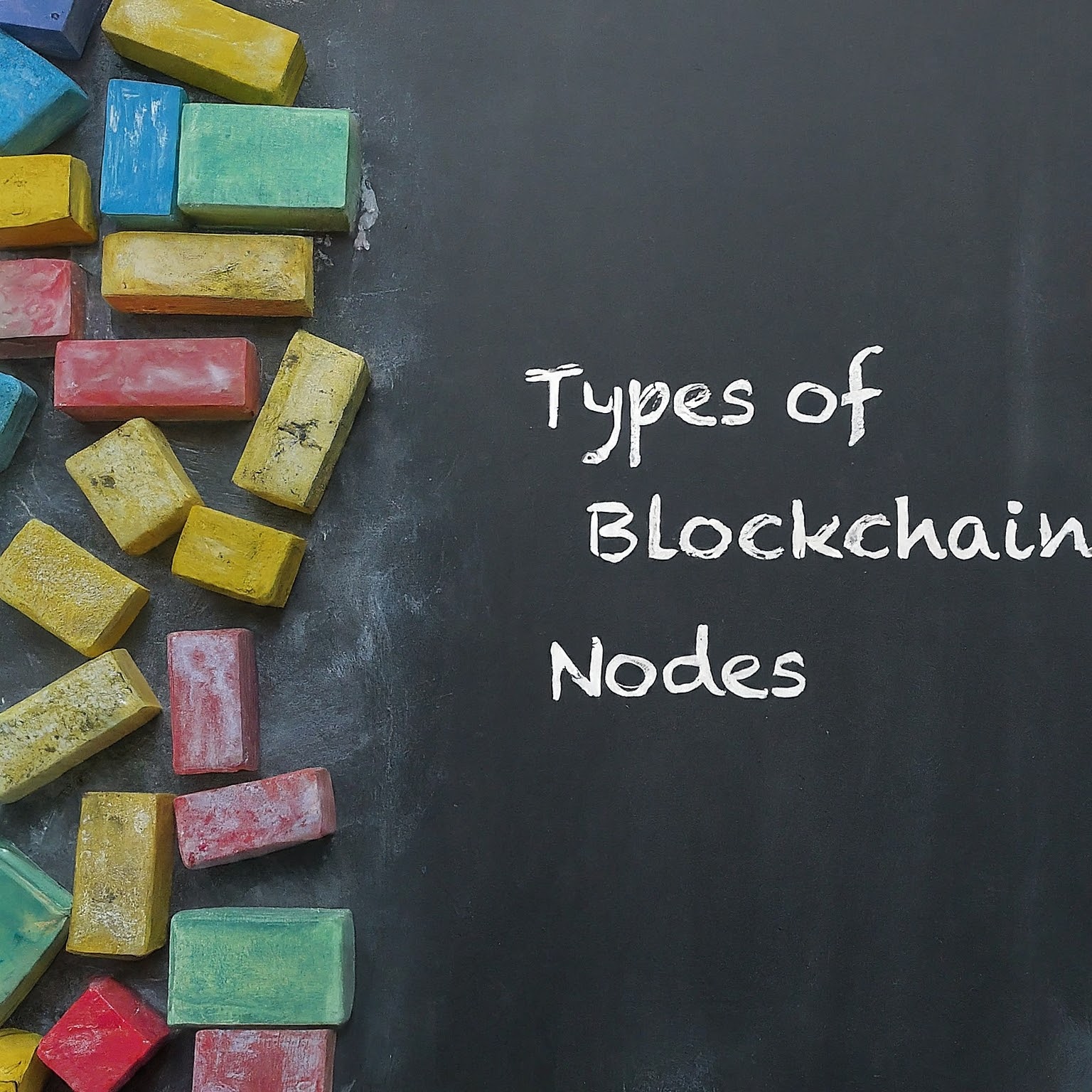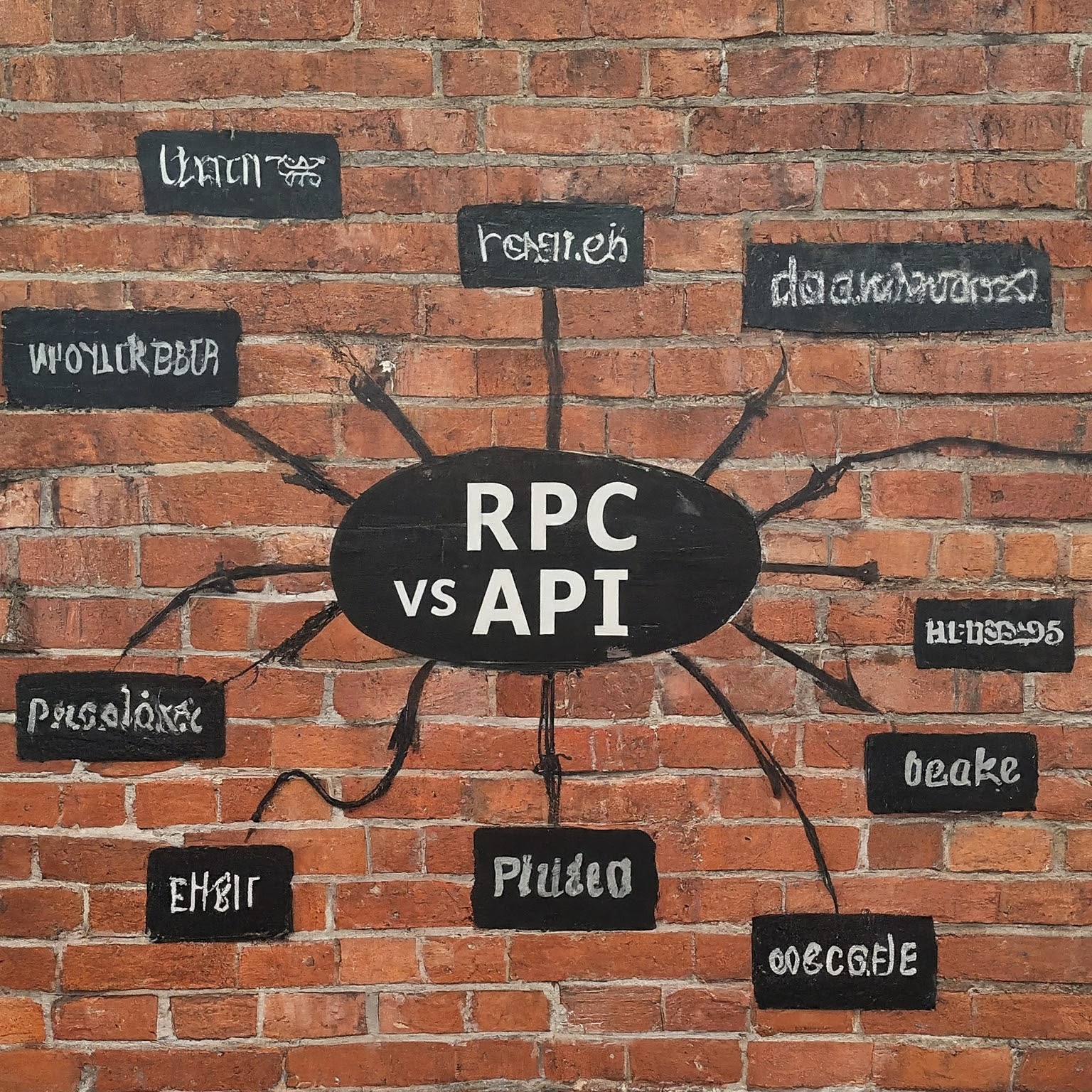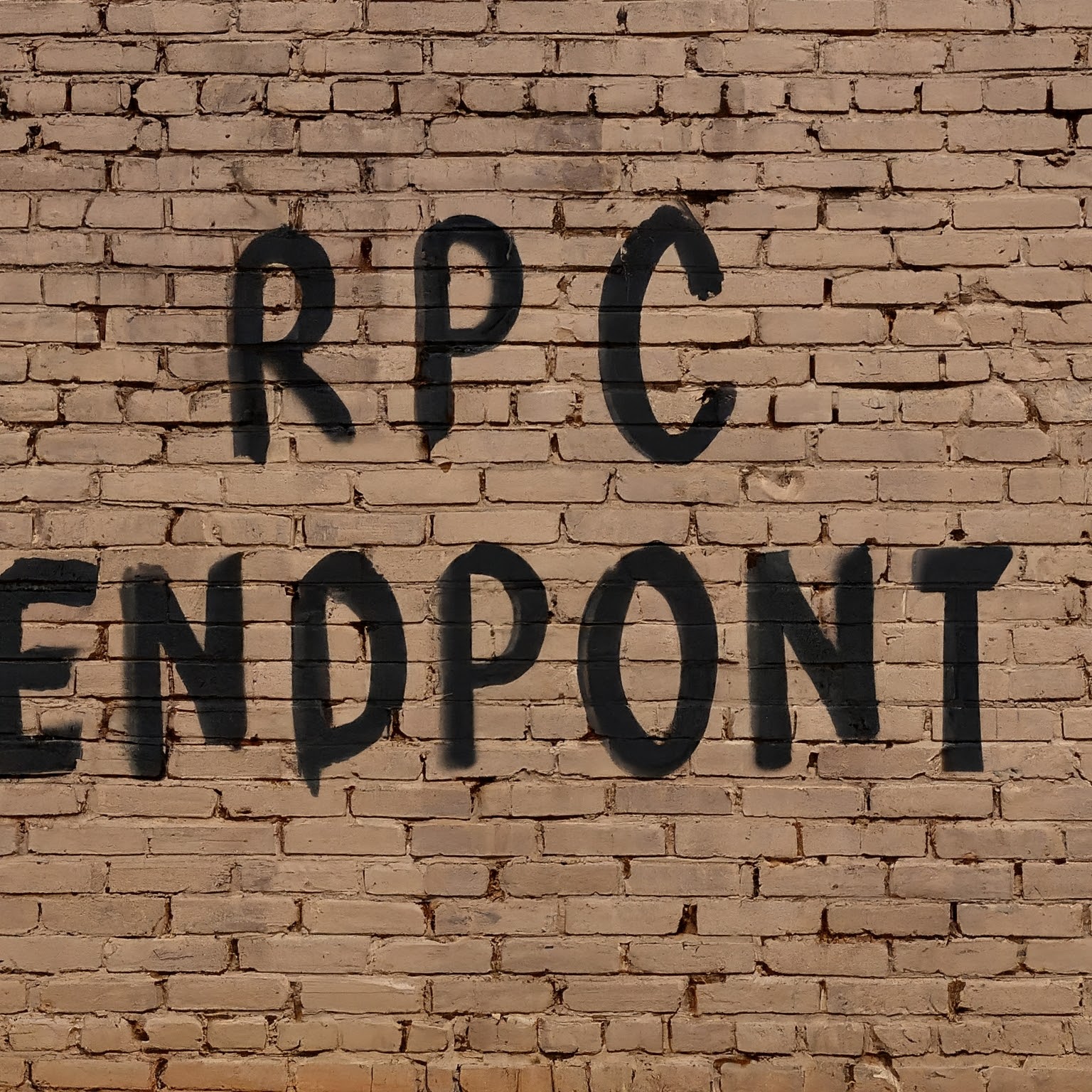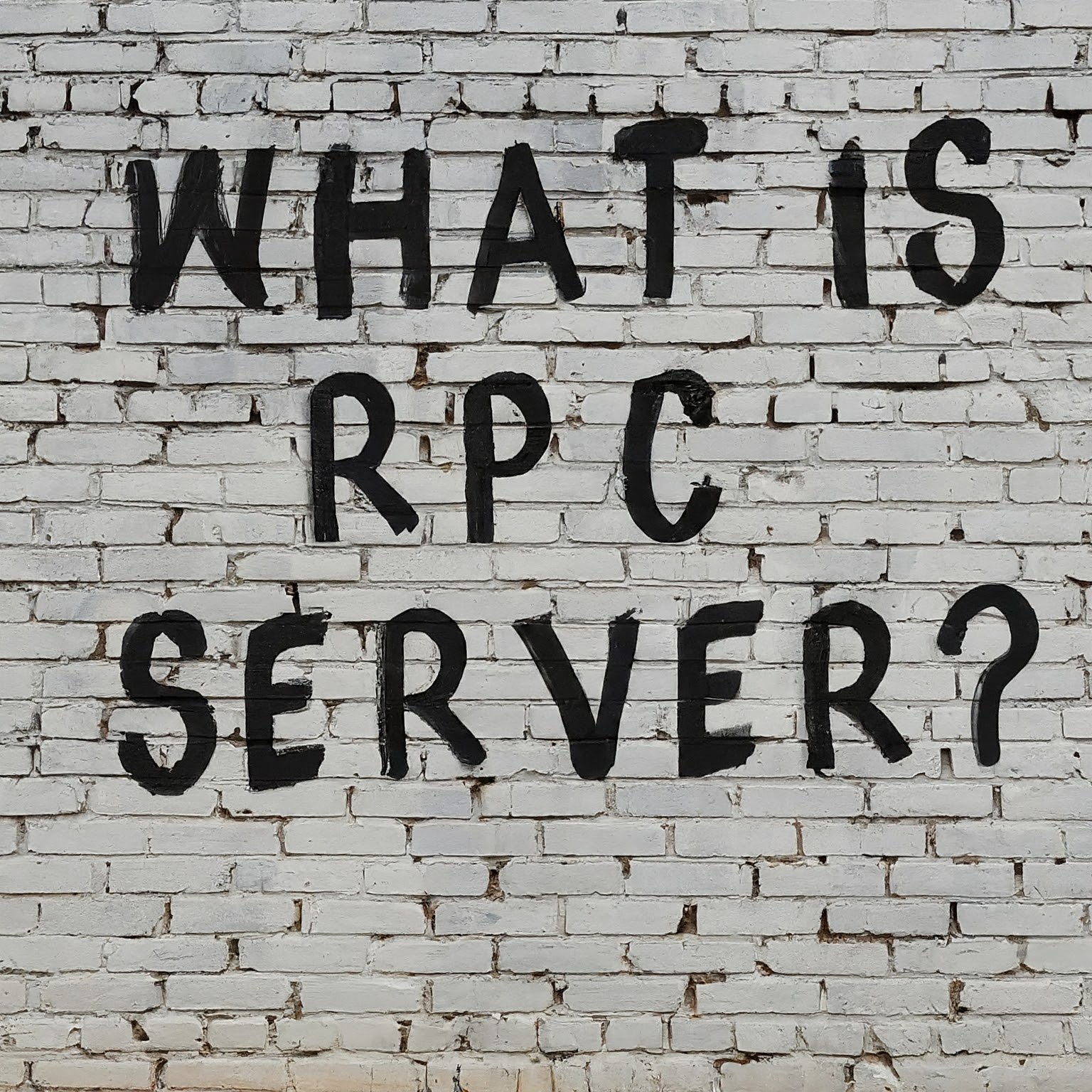Blockchain technology is revolutionizing the way digital transactions are conducted, ensuring security, transparency, and decentralization. At the heart of this innovation are blockchain nodes, the pillars that support the network’s infrastructure. In this listicle, we’ll explore the different types of blockchain nodes, their roles, and how they contribute to the ecosystem. Whether you’re a cryptocurrency enthusiast or a blockchain developer, understanding these elements is crucial for navigating the blockchain landscape.
Full Nodes: The Guardians of the Ledger
What is a Full Node?
A Full Node is a critical component of blockchain technology that validates transactions and blocks according to the protocol rules. It maintains a complete copy of the entire blockchain ledger, ensuring the network’s integrity and security.
Responsibilities of a Full Node
Full Nodes enforce the consensus rules of the blockchain, reject blocks that violate these rules, and relay valid transactions to other nodes. They serve as the ultimate arbitrators of what is considered valid within the blockchain network.
Light Nodes: Efficient Participation
What is a Light Node?
Light Nodes, also known as SPV (Simplified Payment Verification) clients, provide a more resource-efficient way to participate in the blockchain network. They do not store the entire blockchain but instead rely on Full Nodes for transaction verification information.
Benefits of Using Light Nodes
Light Nodes require less storage and computational power, making them ideal for devices with limited resources, such as mobile phones and personal computers. They allow users to interact with the blockchain efficiently while maintaining a degree of privacy and security.
Specialized Nodes: Facilitating Specific Functions
Miner Nodes (Proof-of-Work)
Miner Nodes are responsible for adding new blocks to the blockchain through solving complex mathematical problems, known as Proof-of-Work (PoW). This type of node requires significant computational power and energy consumption to validate transactions and compete for block rewards.
Staking Nodes (Proof-of-Stake)
Staking Nodes, also known as Forging Nodes, are responsible for validating transactions and adding blocks to the blockchain in a more energy-efficient way. They do not solve complex mathematical problems but instead stake their own coins or tokens as collateral to validate transactions and earn rewards.
Authority Nodes (Byzantine Fault Tolerance)
Authority Nodes are trusted entities in some blockchain networks that use Byzantine Fault Tolerance mechanisms. They are responsible for validating transactions and achieving consensus in a more centralized manner compared to PoW or PoS systems.
Pruned Nodes: Balancing Storage and Efficiency
Pruned Nodes offer a compromise between Full Nodes and Light Nodes by storing only a portion of the blockchain. They delete older data to save space while still verifying transactions independently.
Archival Nodes: Preserving Blockchain History
Archival Nodes maintain a complete history of the blockchain, including all transactions and blocks from the genesis block. These nodes are essential for developers and auditors who need access to the entire blockchain history.
Choosing the Right Node for Your Needs
Selecting the appropriate blockchain node for your needs depends significantly on your objectives, resources, and specific use case. For developers or enterprises requiring extensive access to the blockchain for auditing or historical analysis, an Archival Node is the optimal choice. These nodes provide comprehensive data, ensuring that no transaction is overlooked. For those seeking validated, up-to-date data while conserving storage, Pruned Nodes offer an ideal balance by discarding older information while maintaining transaction integrity.
For users with limited resources, such as individual cryptocurrency enthusiasts using mobile devices or personal computers, Light Nodes present an efficient solution. They rely on Full Nodes for verification, ensuring security without demanding extensive storage or computational power. Conversely, if your aim is to participate in the consensus mechanism and enhance network security, Miner Nodes or Validator Nodes are essential, depending on whether you are dealing with a Proof-of-Work or Proof-of-Stake blockchain, respectively.
Conclusion
BlBlockchain nodes are the backbone of cryptocurrency networks, ensuring their operability, security, and decentralization. These nodes come in various types, each with a distinct function. Full Nodes, for example, store the entire blockchain and validate transactions, while Archival Nodes keep a complete history of all transactions for reference purposes. Light Nodes, on the other hand, store only a subset of the blockchain and rely on Full Nodes for data verification. Each plays a unique role in maintaining the ecosystem’s integrity. Understanding these differences is key for anyone looking to engage deeply with blockchain technology, as it allows for better decision-making and more secure participation in the network.
FAQ
What are the security implications of different node types?
Different node types offer varying levels of security and trust. Full Nodes provide the highest security as they independently validate transactions and blocks.
Can anyone run a full node?
Yes, anyone with sufficient computational and storage resources can run a Full Node to support the network and enhance its decentralization.
How do light nodes verify transactions without storing the entire blockchain?
Light Nodes rely on Full Nodes to provide proofs of transaction validity without needing to store the entire blockchain, utilizing a method called Simplified Payment Verification (SPV).
What is the role of staking in Proof-of-Stake blockchains?
In Proof-of-Stake blockchains, staking involves holding funds in a cryptocurrency wallet to support network operations, including transaction validation and consensus achievement.
Are there any risks associated with running a node?
Running a node comes with responsibilities and potential risks, such as the need to secure the node against attacks and ensure compliance with local regulations.
How do different node types contribute to the decentralization of a blockchain?
Each node type, by performing its specific functions, contributes to the network’s resilience, security, and decentralization, ensuring no single point of failure.












Leave a Reply
You must be logged in to post a comment.